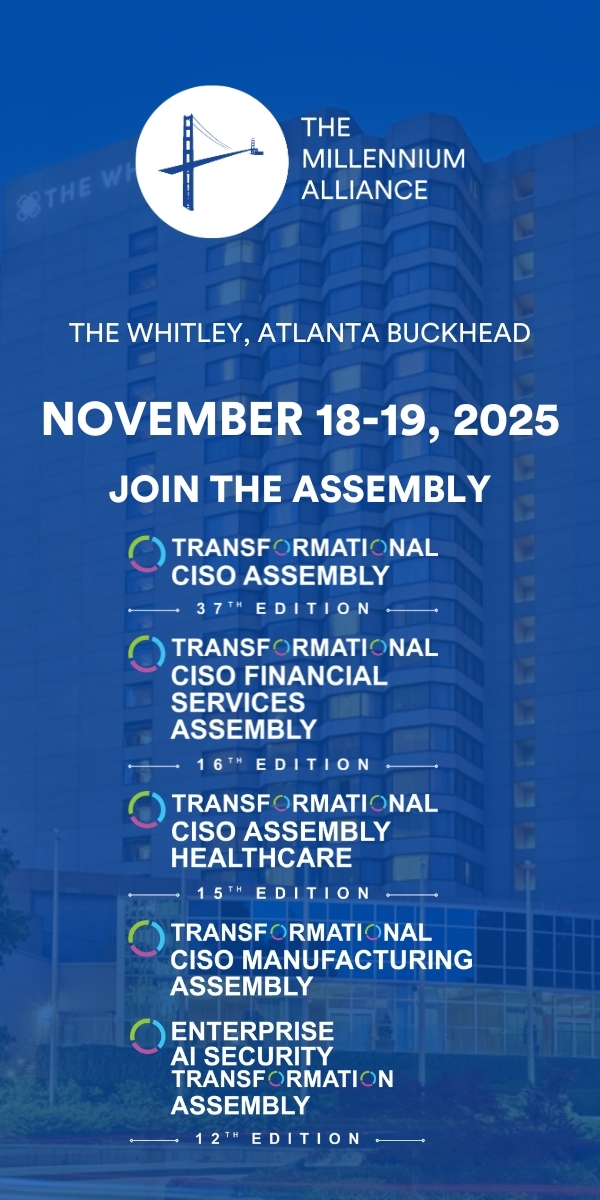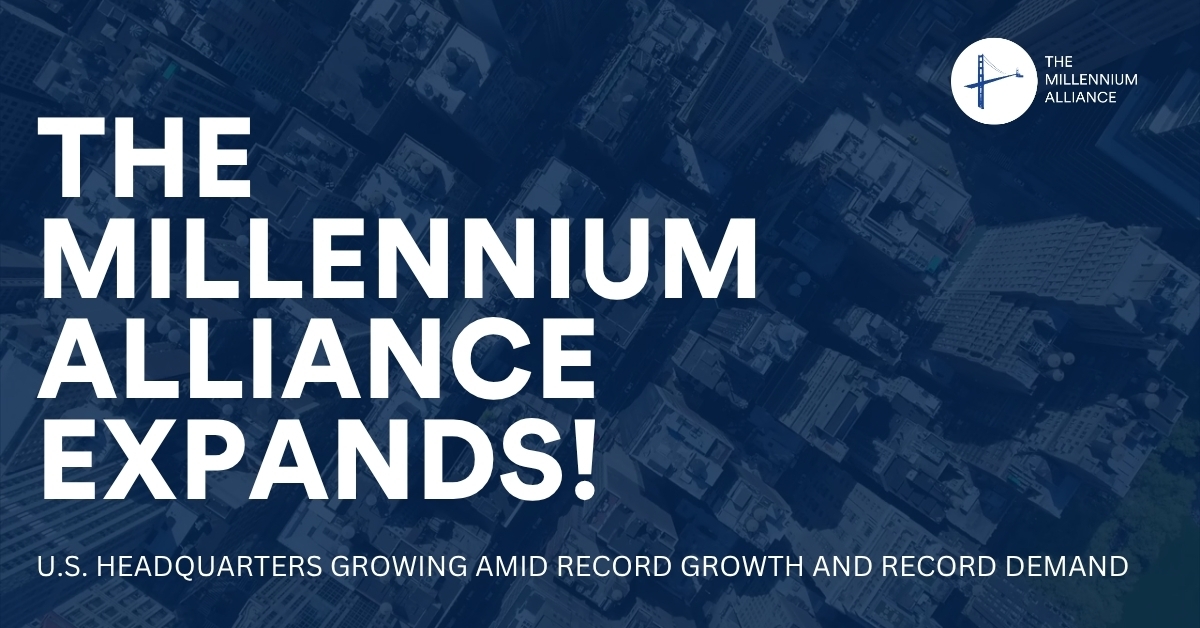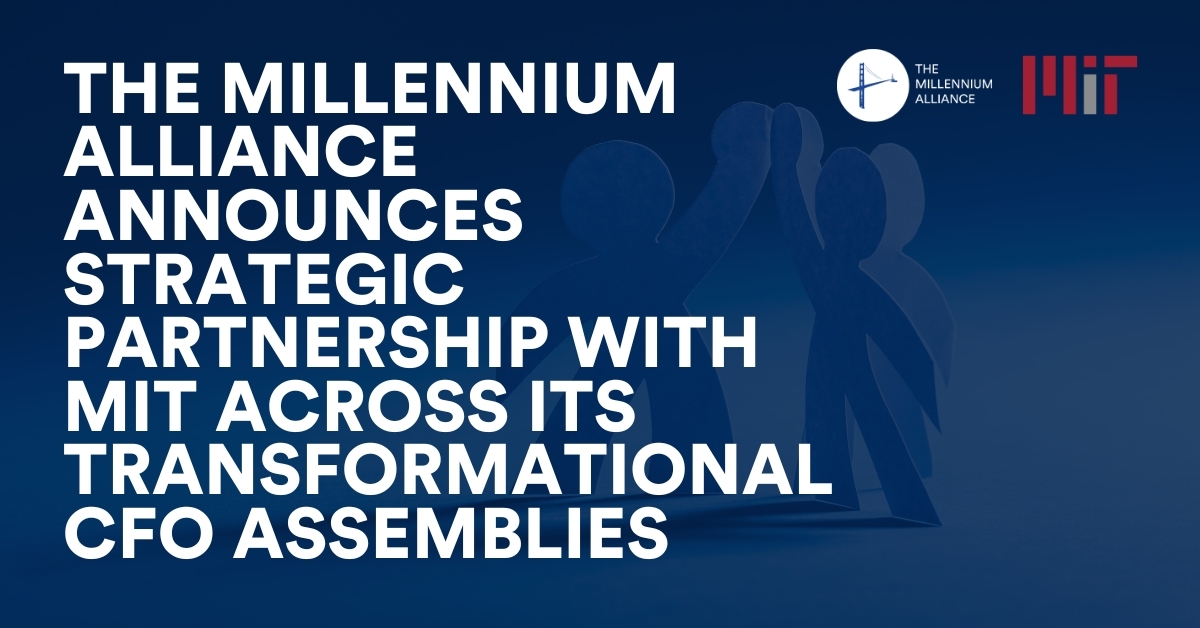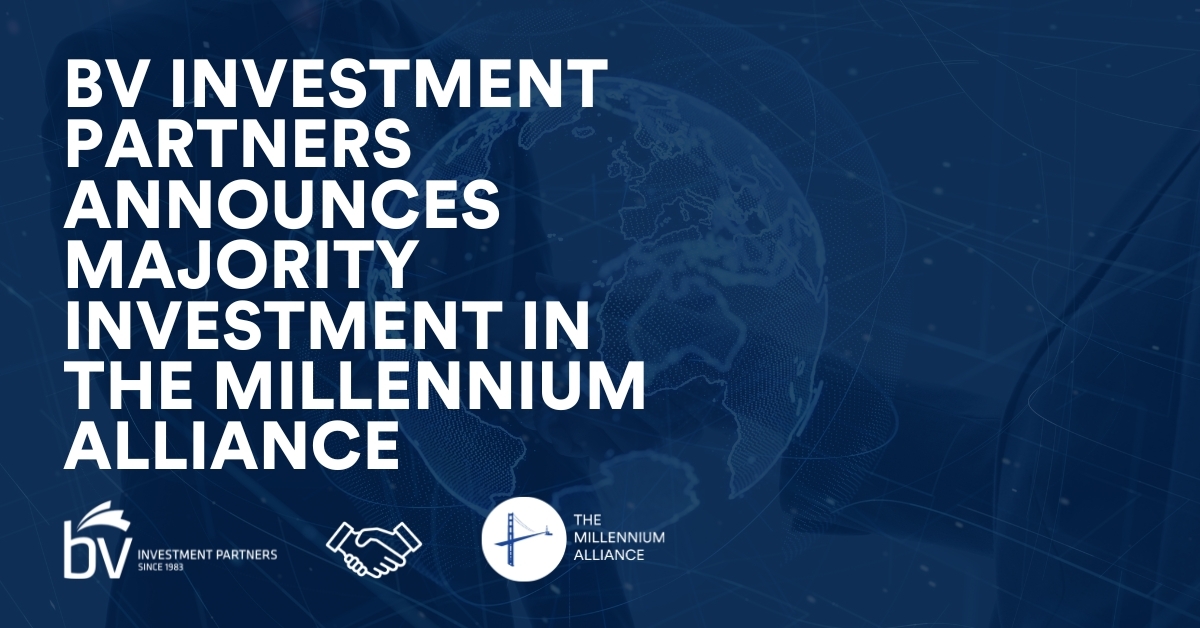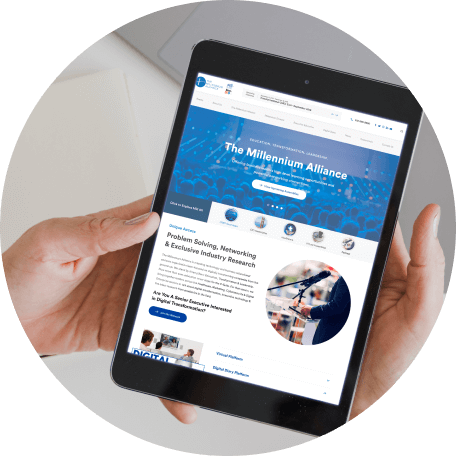Sila’s latest whitepaper explains the expanding landscape of digital identity services, and how to make your digital identity a business enabler. With the evolution of digital identity services, their key takeaways are:
1. Identity targets automating access provisioning
2. Identity programs focus on checking audit and regulatory boxes.
3. Digital identity services drive business success through secure identities, systems, and data
Over the past decade, organizations have made great strides in their digital identity services programs. Previously, identity was managed by IT as an infrastructure function to automate provisioning. As time and technology progressed, digital identity became a security program driven by audit and compliance needs including Sarbanes-Oxley (SOX) and Federal Identity, Credential, and Access Management (FICAM). This shift resulted in several organizational benefits, such as increased visibility into access to high-value assets and improvements towards a “least privilege” model.
Organizations often have a wide array of programs and teams to meet business and security needs, including IGA, PAM, SIEM, SOC, WAM, DAG, and CIAM. However, the emphasis on a compliance-driven security approach has resulted in many programs being implemented in a siloed manner. Even though they all fall under the same cybersecurity umbrella, they often have separate stakeholders, drivers, and roadmaps, resulting in a discordant set of services being independently implemented and administered.
Breaking down these silos is critical to increasing security and supporting business needs. Each program has its specific purpose but organizations benefit from coordinating and integrating their individual contributions into a broader cybersecurity ecosystem.
Click here for exclusive access to the full whitepaper!




